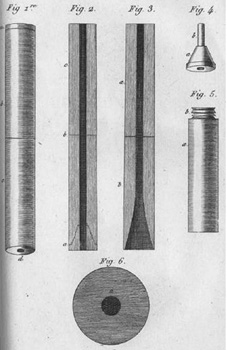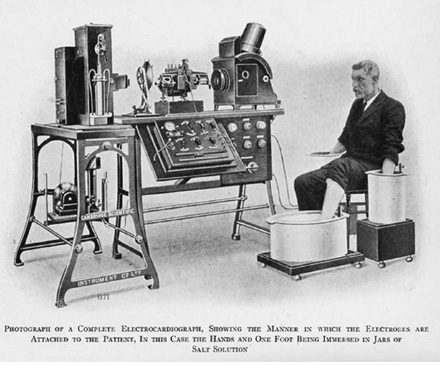Advances in Medical Devices and Medical Electronics
By Michael R. Neuman, Gail D. Baura, Stuart Meldrum, Orhan Soykan, Max E. Valentinuzzi, Ron S. Leder, Silvestro Micera, and Yuan-Ting Zhang
NOTE: This is an abstract of the entire article, which appeared in the May 2012 issue of the Proceedings of the IEEE.
Click here to read the entire article.
This paper provides a retrospective of medical devices and electronics and in the future an electronic health record will play an important role in consolidating the information from various new and improved medical devices, providing readily available data for the benefit of all patients.
Medical devices and medical electronics are areas that had little to offer 100 years ago. However, there were three important existing technologies that led to many further developments over the following 100 years. These are the stethoscope, electrocardiography, and X-ray medical imaging. Although these technologies had been described and were available to some extent when the PROCEEDINGS OF THE IEEE pages first appeared, they had yet to achieve the widespread use that they have today.

An early stethoscope as invented by the French physician
René-Théophile-Hyacinthe Laennec. (Courtesy of Wikimedia.)
The stethoscope is the oldest of these, and it helped physicians to hear sounds of the body and relate them to functioning and malfunctioning organs. The early use of the stethoscope by physicians was more of an art than a science, but as the PROCEEDINGS matured, so did this technology. Engineers were able to make this a more quantitative process by graphically displaying the sounds and ultimately using techniques such as voiceprint analysis to assist the physician in diagnosis and monitoring of treatment.

An example of an early commercial electrocardiograph manufactured by Cambridge Instrument Company, Ltd., based on the device invented by Willem Einthoven. (Courtesy of Wikimedia.)
The electrocardiograph had been invented a few years prior to the appearance of the PROCEEDINGS, but the apparatus was awkward to use, especially for sick people, and was considered more of an oddity than a viable medical technology 100 years ago. Today, it and devices derived from it such as cardiac patient monitors are important parts of our healthcare system. Similarly, X-rays represented a new technology 100 years ago, but unlike electrocardiography physicians immediately saw the value of this technology and quickly adopted it.
Many improvements have been made to the basic technology over the last 100 years culminating in computer tomography and complex image processing. Other devices to create high-quality and 3-D medical images have also been developed in recent years to make medical imaging a very important aspect of clinical care today. Looking to the future is always a difficult task, but it is clear that the electronic health record will play an important role in consolidating the information from various medical devices as well as providing readily available data on patients wherever it might be needed.
Future medical devices will need to not only address the problems of diagnostic and therapeutic medicine but also be capable of addressing important societal problems such as worldwide disparities in the availability of medical care, continually rising healthcare costs, and healthcare for travel beyond Earth. The next 100 years promises to be even more exciting than the last from the perspective of medical devices and medical electronics.
ABOUT THE AUTHORS
Biographies and Photos of the Authors are provided in the Proceedings of the IEEE article.






